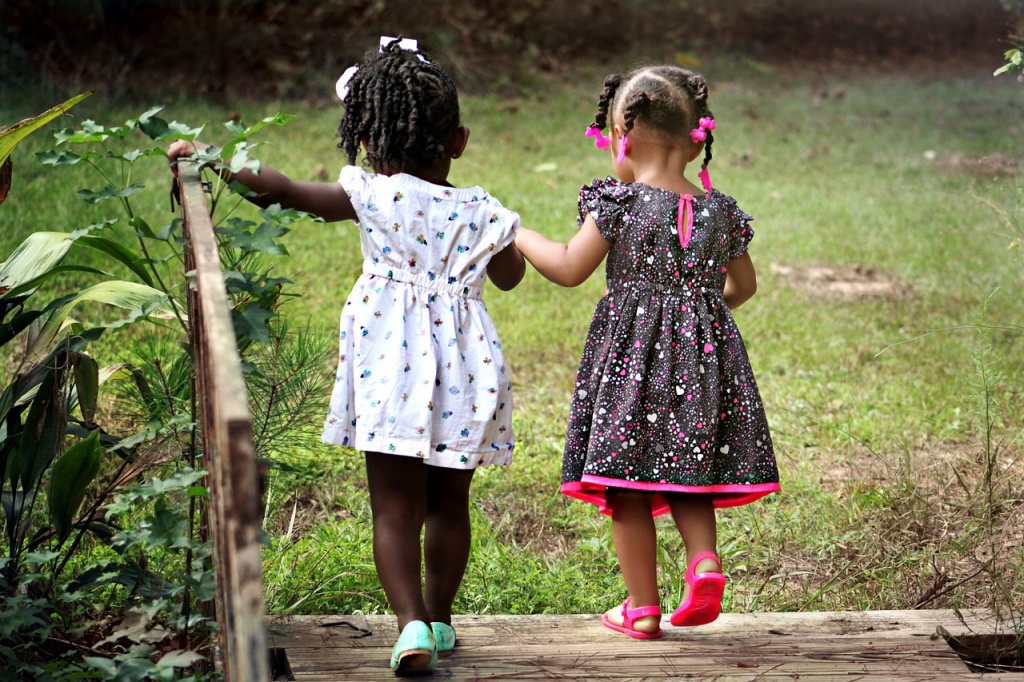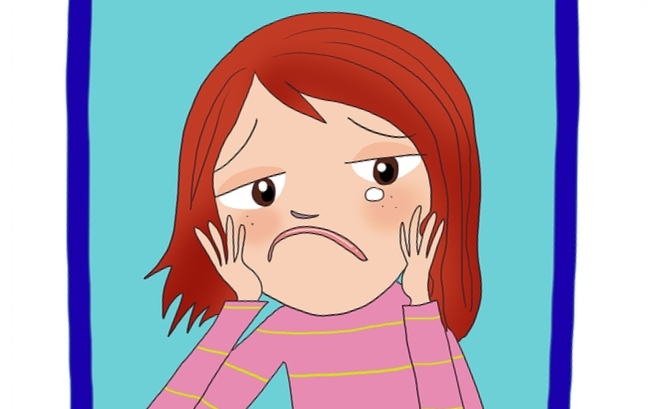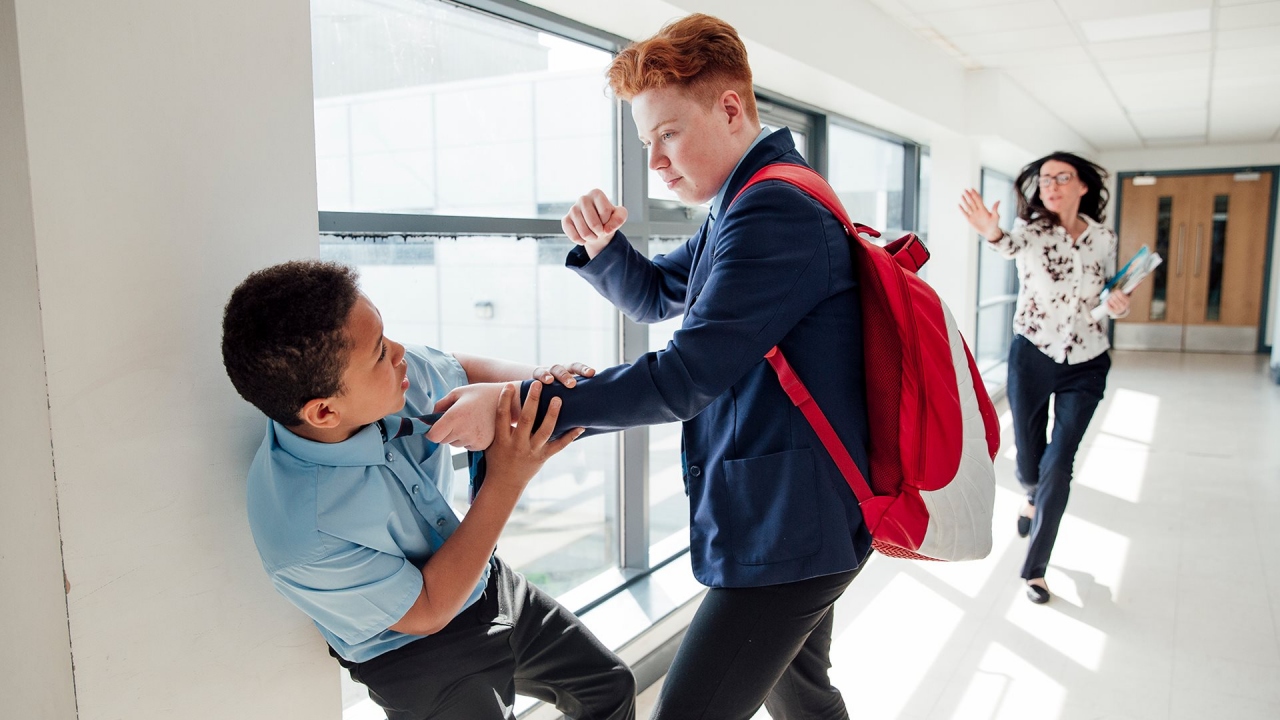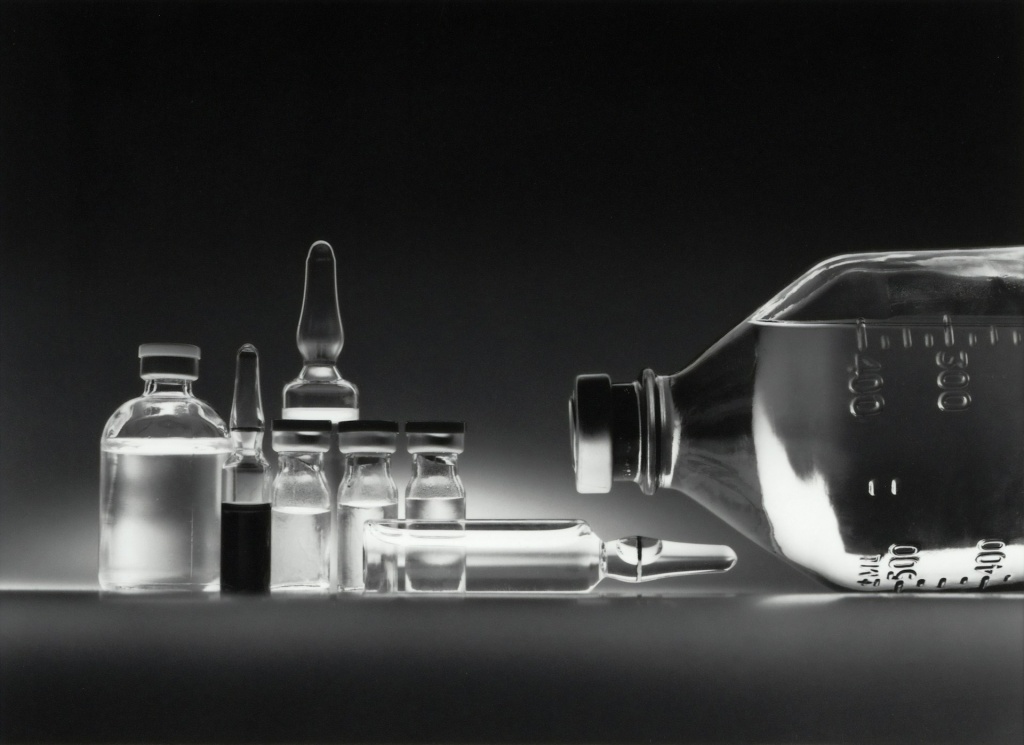“[…] It’s very difficult for the Government of Trinidad and Tobago to hide away the fact that their Covid-19 policies severely diminished the positive role sport and physical activities play in children’s lives.
“In other words, bad Covid-19 policy is literally at the heart of the increased probability [that up to 27% of] our children will become [obese and] burdens onto society due to their future ill-health…”
The following Letter to the Editor on the impact of Covid-19 on children athletes was submitted by Bishop’s High School football team coach Richard Goddard, who is a former Trinidad and Tobago international footballer:

(Courtesy Sean Morrison/Wired868)
The next 5 – 15 years. This is my estimate of when we will really see the damage done by this pandemic and measures put in place by our Trinidad and Tobago Government.
In reality, we have begun to see the consequences of such a long stoppage in sporting and physical activity and it isn’t pretty.
No government in the world has been able to fully establish stopping participation in sporting activities (outdoor sporting activities in particular) as beneficial to their population, especially during this pandemic. NONE.
In fact, based on numerous documents from multiple scientific research environments around the world, continued physical activity (along with improved personal health) is one of the best ways to fight Covid-19. This holds true regardless of age, gender or ethnic background.
However, recently there seems to be a ‘catch’ that in order for our children to be healthy, they need to be vaccinated.

(Copyright Lou-Ann Sankar)
According to a study authored by Kimberley Rudder, sports nutritionist, Professor Anne St John, medical director for youth at the HSFB and a consultant paediatrician, and Shawna Crichlow, a data analyst with the Ministry of Health Wellness’ STI/HIV Programme, an appraisal showed that 77% of the children evaluated had higher weight post-Covid and 81 per cent had higher body fat readings. (Barbados Today, 7 August 2021)
For the better part of the last two years, children’s sport (individual and team) has been put far, far, far, far, far, far on the back burner of initiatives to help in Trinidad and Tobago’s pandemic recovery.
Given the data available, a healthier individual is less likely to end up in the hospital due to Covid-19 infection and sports are less likely to provide significant spread than bars, restaurants, offices and churches. Guess which re-opened first?
It will remain strange to me that even though chief medical officer (CMO) Dr Roshan Parasram confirmed that sport was not a significant contributor to the Easter 2021 spike in cases, the next day (1 April 2021) sport was shut down, with no actual rationale given.

(Copyright Ghansham Mohammed/GhanShyam Photography/Wired868)
What clearly became evident during this Delta surge is that sport could not be blamed for the surge. Using sport stopped being an option.
Schools began to reintroduce forms 4, 5 and 6 students in late October after a failed attempt by the Ministry of Education at initiating a vaccinated-student only policy. For the record, national Covid-19 cases began trending upward before it was determined all students would be allowed back to school. ‘Safe Zones’ were introduced, though.
On 22 December 2021, the Ministry of Education issued a media release concerning Covid-19 cases in schools. This is an excerpt from that release:
‘The number of positive Covid-19 cases among staff and students at schools throughout Trinidad for the period 4th October – 10th December 2021, when student and staff were in physical attendance at school was 162—which agrees with global reports that physical school has not been proven to cause significant rises in the level of Covid-19 infections within countries.
‘Principals, students, staff and parents have been co-operating with the Ministries of Education and Health to keep schools as safe as possible.’

(via Ministry of Education)
For the record, these global reports have been around since mid-June 2020. If we then take the very real possibility that way more children got infected with Covid-19 than reports suggest, then the concern about the children has to be taken into context. They’re okay.
The general data from pretty much every country said the same thing but this continues to puzzle me. The data suggests children in a school environment (which is generally an enclosed environment, some having air conditioning) are in safe spaces, especially when it comes to Covid-19 spread.
An outdoor environment seemingly does not hold the same ‘safe space’ standard because…? It can’t be to prevent the current obesity pandemic we are facing, can it?
Let’s deal with numbers, just for the sake of it:
- 1,403,000 T&T Population (national estimate);
- Approx. population of children (under 18 years old) 365,000.

(Copyright Kerlon Orr/ CA-images/ Wired868)
The percentages listed below are from the document entitled Childhood and Adolescent Obesity (published in September 2020)
- Obesity rate for children 16.2% (2017)
- Obesity rate for children 16.5% (2018) 60,225 estimate (2018)
- Overweight rate for children 51.5% (2018) 188,000 estimate (2018)
Possible estimated 2019 rate would be based on a 0.3% increase in 2018
- Obesity @ 16.8% (2019) 60,225 + 181 = 60,406
The US estimates a 3 – 4% increase in obesity for 2020 (BMJ, September 2021). However, unlike in Trinidad and Tobago, millions of children continued to play based on best-health guidelines and legal challenges to ‘stop all play’ orders.

(via Philadephia Inquirer)
Hence, it is very possible that Trinidad and Tobago’s youth population experienced a much higher rate of increase for both 2020 and 2021.
For what it’s worth, we’ll use a 5% increase per year.
- Possible gain in obesity @ 5% in 2020: 3,020 (2020)
- Possible gain in obesity @ 5% in 2021: 60,406 + 3,020 = 63,426 + 5% = 3,171
- Total gain for 2020 and 2021: 3,020 + 3,171 = 6,191
- Percent gain on 2019: 10.25%
These statistics are bad enough but here’s the catch. The US increase is based on their entire population of children. So let’s re-calculate for Trinidad and Tobago:
- 22% of 365,000 = 80,300
- 27% of 365,000 = 98,550
- 98,550 / 1,403,000 = 7% of national population

A woman in San Fernando waits for transport to take her home on 23 April 2019 during the period of Covid-19 restrictions.
(Copyright Ghansham Mohammed/GhanShyam Photography/Wired868)
“Further, being overweight or obese also can cause physical restriction to normal breathing. It also impacts breathing during sleep or when lying flat and is a risk factor to developing sleep apnea. Covid-19 is a respiratory illness so this restriction can worsen the effects of the disease and therefore make recovery more difficult,” said Dr Keegan Bhaggan. (Trinidad Express, 16 May 2021).
In most other countries, if 27% of the nation’s children were considered obese it would be declared a national health crisis. No such ringing of bells here in T&T and here’s a possible reason for the silence.
Based on these simple calculations, it’s very difficult for the Government of Trinidad and Tobago to hide the fact that their Covid-19 policies severely diminished the positive role sport and physical activities play in children’s lives.
In other words, bad Covid-19 policy is literally at the heart of the increased probability our children will become burdens on society due to their future ill-health.

(Copyright Office of the Attorney General)
I’m not even talking about the top-tier 1 – 2% of children who may go on to become professional athletes or earn sports scholarships. Their future may depend on their being high-profile and recognised youth athletes and we understand this.
I’m talking about the other 98 – 99% who enjoy recreational participation for exercise, for friendship, to de-stress or just for having something to do outside of zoom classes, projects and academic advising—the under-represented majority.
The parents want to know this: is my child autistic? How do I test them? The simple answer is no. Toddlers/pre-schoolers aged 1 to 3 have ONLY ever known the COVID-19 lockdown and its isolated world.
It is increasingly concerning if this is what is to become of them: children whose development is so stunted that they exhibit traits of the autism spectrum disorder because their language and communication are so underdeveloped due to isolation and lack of sensory stimulation. (Annalisa Alcazar, MA Mental Health Therapist Child Specialist, Trinidad Guardian e-paper, February 2022)

According to estimates from RTI International, the annual economic burden in Trinidad and Tobago (TT) from NCDs related to diabetes, hypertension and cancer is more than US$1.19 billion, which represents roughly 4.3% of TT’s annual Gross Domestic Product (GDP). (www.iadb.com A Big Fat Loss for Trinidad and Tobago. Ian Ho-a-Shu and Natalie Wegener Carmona. 4 January 2021)
Calculated:
- Trinidad and Tobago’s GDP in 2021 is an estimated US$27 billion.
- At 4.3% of GDP – US$1.161 billion or TT$8.127 billion.
- NCD’s command an additional TT$1.241 billion over the largest ministerial budget allocation
- (Education and Training for 2021 is TT$6.886 billion)
Since few are willing to ask, I will: what exactly is the benefit to children being vaccinated when the policies initiated by the government that kept them from maintaining a healthy lifestyle are literally driving them towards the same ailments which make them more susceptible to Covid-19?

(via Premier Sports Club)
How are we (adults) justifying what looks, smells and feels the creation of a problem to find a solution? Why should young people believe us when the information available shows the shutdown of sport was not in the best interest of the nation and, more specifically, the nation’s children?
What are the current, short and long-term projections of obesity and overweight rates among Trinidad and Tobago’s children? Was there a risk assessment done concerning the long-term cost of denying children opportunities in sport and which sports will be affected?
Trinidad and Tobago’s national debt is approximately $130 billion with approximately $25 billion being accumulated in the last two years. Can we have a discussion about the impact this debt accumulation will have on the sports industry and what it means for the long-term projections of sport in Trinidad and Tobago?
Didn’t expect the last question… I know.
Want to share your thoughts with Wired868? Email us at editor@wired868.com.
Please keep your letter between 300 to 600 words and be sure to read it over first for typos and punctuation.
We don’t publish anonymously unless there is a good reason, such as an obvious threat of harassment or job loss.
 Wired868 Wired868 for smart sport news and opinion
Wired868 Wired868 for smart sport news and opinion







Excellent article. These are responsible, sensible questions and comments especially “bad Covid-19 policy is literally at the heart of the increased probability our children will become burdens on society due to their future ill-health.”
All of the questions must be repeatedly asked of the CMO until he answers.
The consequences of practically insisting stagnation is so far- reaching….